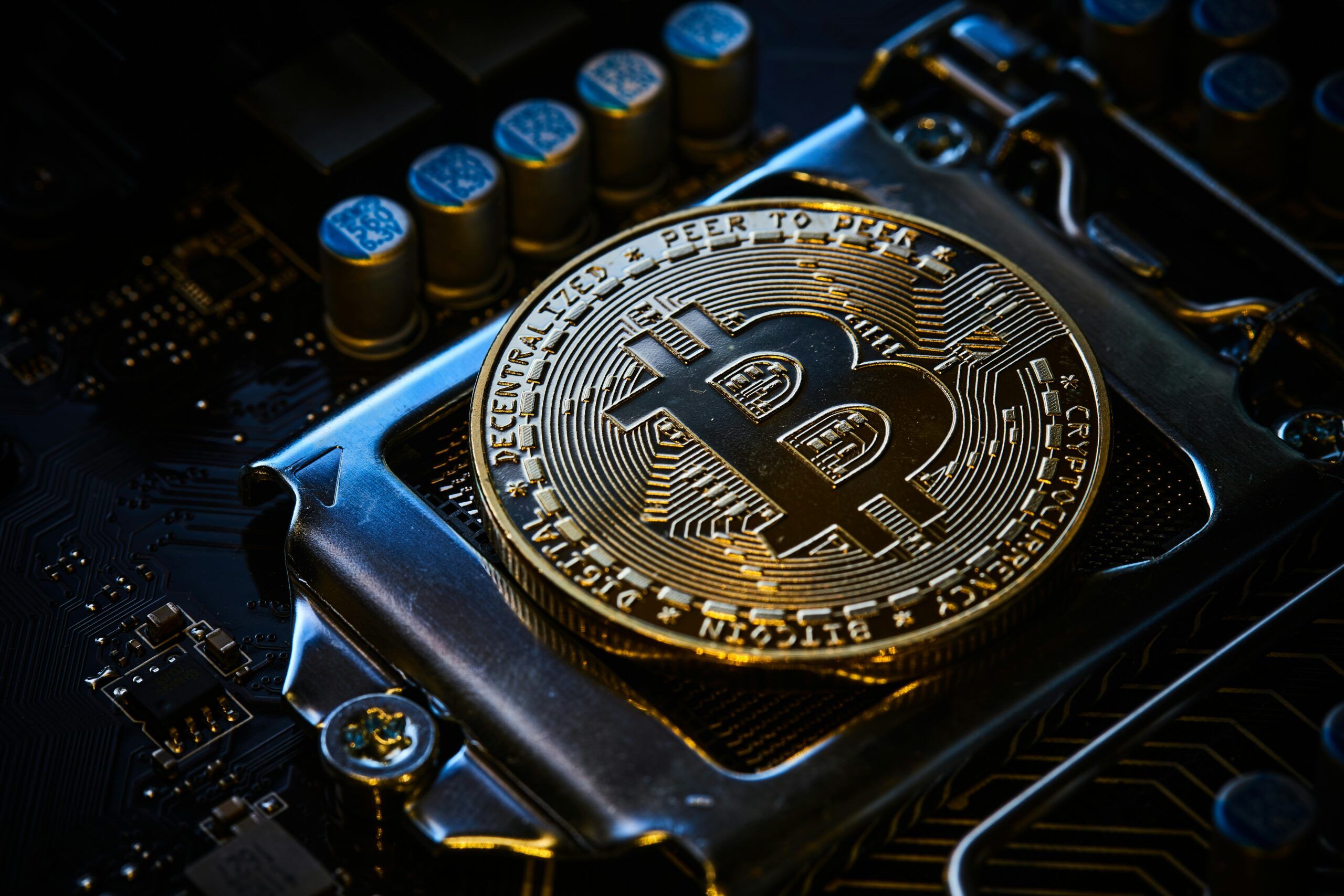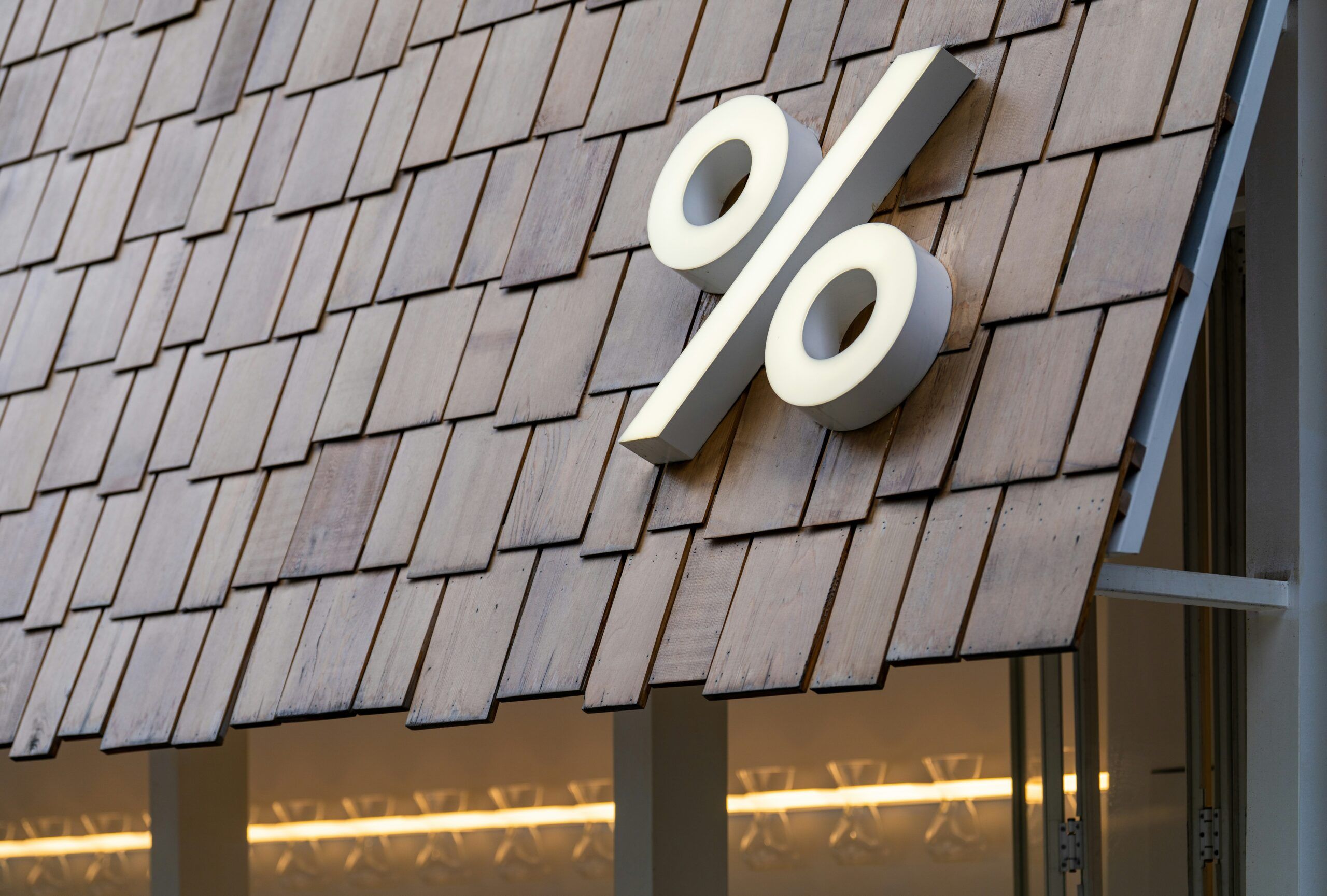Is The Russian Economy Completely Underpinned by Its War Machine?
Experts on the Russian economy suggest that since the beginning of the invasion of Ukraine by Russia, more resources such as financial, human, and production, have been redirected to Russia’s military war machine, and today several economic commentators with expertise in this arena are saying that the war machine is now underpinning the Russian economy. The prioritisation of military spending over everything else is essentially stifling innovation and damping down any long-term growth prospects.
Indeed, since February 2022, every resource has channelled funds into the military machine for tanks, drones, bullets, and missiles; the list is endless. SIPRI (Stockholm International Peace Research Institute) has estimated that for 2025, Russia’s total military expenditure accounts for circa 7.2% of GDP, and other similar focused institutions suggest that the war machine accounts for circa 43% of the Russian government’s budget.
Analysts suggest that even if the war with Ukraine were to end tomorrow, it is feasible that Russia’s economy would always remain on a war footing, as years of massive investment in the war machine have sucked in literally hundreds of thousands of workers and transformed their factories into military production. One example of this is that before the invasion of Ukraine on February 24th, 2022, Russia had planned deliveries for 2025 of 400 armoured vehicles; today it is shipping circa 4,000 armoured vehicles. Experts argue that, on one hand, this surge in production has prevented the economy from shrinking, but on the other hand, it has also prevented it from returning to a pre-war economy—something that could be extremely perilous.
Prior to February 2024, Russia’s economy combined relatively stable private and civilian industries with the export of natural resources. The manufacturing base enjoyed the capacity for modernisation, even though it relied on imported components and technology. Even after the COVID-19 pandemic, companies were in the process of reevaluating their global markets. The economy was being managed as prudently as possible, with the auto industry producing over 1.7 million vehicles per year, military spending not exceeding 3-4% of GDP, and even a budget allocated for infrastructure.
Today, analysts and experts are painting a very bleak picture of the Russian economy and its deep ties to the war machine. Military spending has reached unprecedented levels, colliding with an import shortage and limited production capacity, which has, in turn negatively impacted inflation. To put the brakes on price increases, inflation has remained in double-digit figures for over a year. Meanwhile, revenue from commodity exports has dropped due to sanctions and discounts, prompting the government to raise income taxes, implement quasi-taxes such as windfall taxes, and increase export duties. As a result, many financial commentators suggest that, with government expenditure heavily skewed in favour of the military, a return to a pre-Ukraine economy is virtually impossible.
So, what’s next for the Russian economy? China continues to support the Russian economy by purchasing sanctioned LNG (Liquefied Natural Gas). In fact, it was recently reported that a fourth tanker carrying LNG from the sanctioned Arctic LNG2 project arrived and discharged its cargo at China’s Beihai LNG terminal. The Arctic LNG2 project was intended to be Russia’s largest LNG plant, producing 19.8 metric tons per year. However, sanctions have severely hindered the prospects of reaching such output.
According to a number of experts, it seems plausible that despite rhetoric to the contrary from the Kremlin and several meetings with President Trump and his officials, President Putin has no immediate intention of ending the war with Ukraine. In fact, keeping the country on a war footing would allow the military machine to prop up the economy, confirming that it has little choice but to continue producing goods central to the ongoing conflict. Experts in military affairs suggest that Putin views a military stance against the West as one of the key reasons for maintaining defence production.
Furthermore, the defence industry and the economy will benefit from arms sales to Russia’s allies, such as China. Russia is also the world’s second-largest supplier of arms behind the U.S., and has once again participated in arms fairs across the Middle East, Africa, China, and India. Notably, arms fairs in Brazil (1st – 4th April 2025) and Malaysia (20th-24th May 2025) showcased Russian arms for the first time in six years. It is therefore reasonable to assume that President Putin sees global arms sales as a boon for the economy, long after the current war with Ukraine ends.
However, sanctions on the Central Bank of Russia have been significantly reduced, curtailing its ability to borrow from international markets, and hindering the economy’s growth potential. Recently, the central bank admitted that the economy is struggling, and official data released shows GDP contracting. Analysts report that real GDP is now 12% lower than it would have been otherwise. Only the coming months and next year will reveal what is truly happening in the Russian economy, but it is without a doubt totally tied to the Russian military machine.










